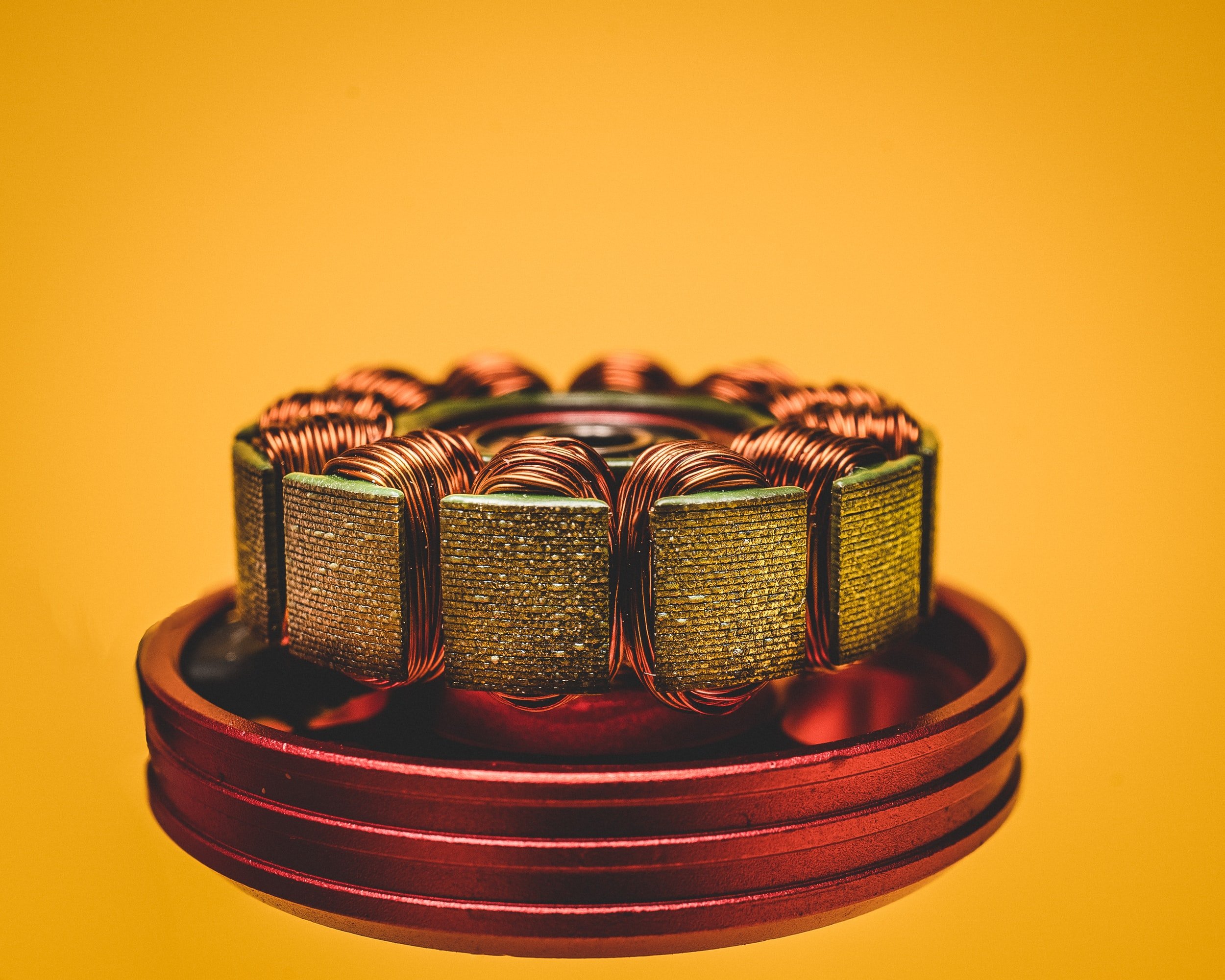The term “micro coil” refers to minuscule, very precise sensors made up of coils. While making a standard coil is not a difficult task, manufacturing a micro coil is complex, indeed because of its very tiny size (less than 0.8 mm).
Capabilities of micro coils:
Micro coils are mainly used in medical equipment like catheters, pacemakers, implants, etc. When doctors implant any micro-device into a patient’s body, it sends monitoring, control, and logging related information, and micro coils transfer those pieces of information from medical devices to the system and system to medical devices. Adding to that, either electrical or battery-operated, both types of implants need energy. Micro coils transfer the required energy to the implants to operate their activities. In the case of heat, RF, or electromagnetic radiation-based treatments, the required energy radiates through micro coils. You can also create a local or external magnetic field and operate 3D magnetic navigation through micro coils.
Building a micro coil:
To prepare a micro coil, the very primary necessary things are:
i) Sound knowledge on winding micro coils.
ii) Special and tailor-made raw materials that standard coil makers cannot provide.
Unlike normal coils, it is not possible to produce micro coils by just buying a machine from the market. Micro coils are very miniature, and the machine that would produce micro coils needs to be engineered manually. Each component of a micro coil, such as wire terminal leads, soldering, needs to be manufactured in-house, and that is the main reason companies face difficulty preparing micro coils. Ultra-thin wires are needed to prepare inductive elements and maintain the flow of connection within medical devices. Through an array of innovative technologies, engineers cut copper and other metal wires 5 or 10 times smaller than the human hair. Not only this, after the cutting, the coils need to be insulated properly with polyamide or similar kind of insulators and post insulation. The final shape of the coil needs to be less than 0.8 mm.
Along with it, as these micro coils are used in medical treatment, so it has to pass a series of strict physical and environmental tests before practical use. The machines needed to wind these types of coils, fix, monitor, and control the position of the coils, are also engineered manually and prepared by the coil manufacturer company itself. The parts and machines just cannot be assembled and joined because each of them requires highly accurate micro-motion and operating systems. That is the reason not many companies manufacture micro coils around the globe.
Applications of micro coils:
- Micro coils can be used to conduct wireless communications within tiny medical sensors. It helps to control and monitor medical devices such as pacemakers, implanted devices for pain management, etc. In the case of electrophysiological treatments such as the brain, neural, or cardiac treatment, it is used in end devices.
- To properly navigate a specific drug delivery.
- To position a stent and for inter-body tagging.
- Using micro coil winding, radiologists and doctors can accurately identify cancerous tumors at the early stage and treat them accordingly. When you locate a cancerous tumor at the early stage, it becomes highly possible to treat the disease totally.
Shapes of winding micro coils:
In general, micro coil windings are different in their shapes. A micro coil winding can be either elliptical, or circular, or rectangular in shape. However, the shapes are not really important in micro coil winding. What is important are the inner and outer sizes? As per the requirement of the device, engineers eliminate the widths of the thread to comply with the accurate dimension instruction. And for that reason, through in-house engineering, engineers prepare the coils as per the requirements and instructions.
The difference in micro coil winding in the medical field:
When we discuss the process of micro coil winding, especially for the medical sector, we can see certain key differences. The foremost difference of micro coil winding between medical and other industries is its size. For instance, suppose a doctor needs to insert a micro coil within the vein. For that reason, the size of the micro coil must be smaller than 0.8 mm, including insulation. Adding to that, the device which will carry the micro coil, and through which the whole process of implantation would be carried out, should be less than or equal to 1 mm. With that, when you are inserting micro coils within the human body, you must eliminate the risk of damages and injuries as much as possible because any casualty can cause a serious accident and may lead to death. So, manufacturing micro coils for medical purposes is far more serious, complex, and different than other non-medical purposes.
The tissue healing process through micro coil winding:
There should be good coordination between the thoracic surgeon and radiologist to localize a micro coil within the body. First, the patient is anesthetized in the operation theatre, and the radiologist identifies the spot through a CT scan. Then the doctor inserts a fiber-coated needle into the respiratory organ. When the needle contacts with the nodule, the radiologist inserts the thread to form coil naturally. This is where micro coil winding plays a vital part as this part cannot be completed without a state-of-the-art micro coil winding blueprint. Through this process, doctors eliminate the nodules from cancer affected locations in the respiratory system without causing any harm to a single tissue.
Featured Image by PublicDomainPictures from Pixabay




